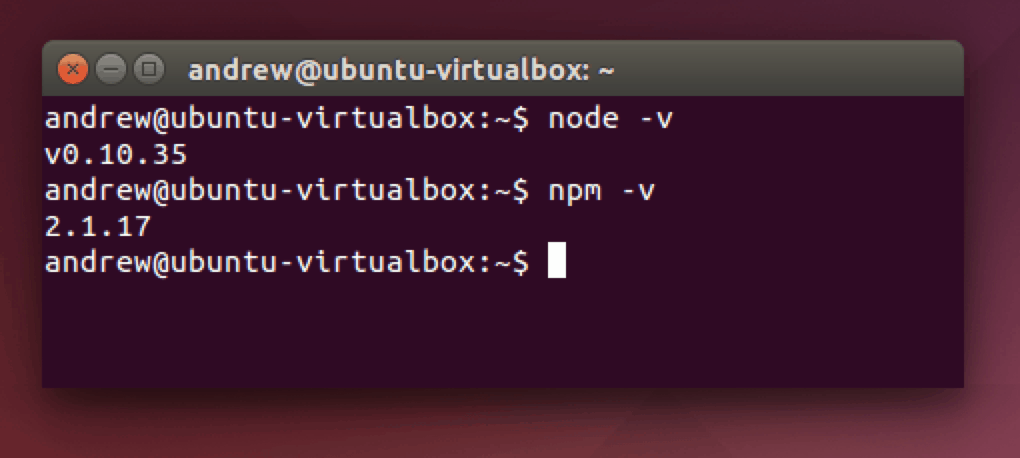

To follow this guide, you will need an Ubuntu 20.04 server set up. If you are actively developing Node applications and need to switch between node versions frequently, choose the nvm method. If you need specific newer or legacy versions of Node, you should use the PPA repository. installing nvm, the Node Version Manager, and using it to install and manage multiple versions of Node.jsįor many users, using apt with the default repo will be sufficient.using apt with an alternate PPA software repository to install specific versions of the nodejs package.

using apt to install the nodejs package from Ubuntu’s default software repository.In this guide, we will show you three different ways of getting Node.js installed on an Ubuntu 20.04 server: It allows developers to create scalable backend functionality using JavaScript, a language many are already familiar with from browser-based web development. Skip the download with jsDelivr to deliver cached version of Bootstrap’s compiled CSS and JS to your is a JavaScript runtime for server-side programming. If you want to download and examine our examples, you can grab the already built examples: Should you require our full set of build tools, they are included for developing Bootstrap and its docs, but they’re likely unsuitable for your own purposes. Sass compiler for compiling Sass source files into CSS files.This option requires some additional tooling: This doesn’t include documentation, source files, or any optional JavaScript dependencies like Popper.Ĭompile Bootstrap with your own asset pipeline by downloading our source Sass, JavaScript, and documentation files. Compiled and minified JavaScript plugins (see JS files comparison).Compiled and minified CSS bundles (see CSS files comparison).

Download ready-to-use compiled code for Bootstrap v5.0.2 to easily drop into your project, which includes:


 0 kommentar(er)
0 kommentar(er)
